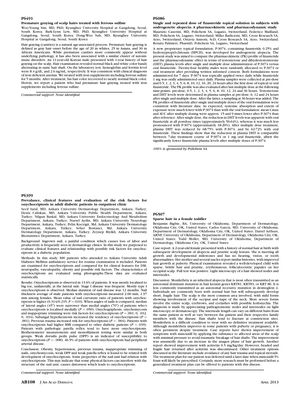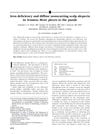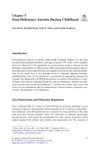Sparse Hair in a Female Toddler
April 2013
iron supplements ferrous sulfate iron-deficient anemia hemoglobin ferritin premature hair graying onychocriptosis onychomycosis dorsalis pedis pulse patella reflex topical finasteride oral finasteride androgenetic alopecia dihydrotestosterone monilethrix alopecia minoxidil acitretin ingrown nails nail fungus DHT Rogaine

TLDR Iron supplements may reverse premature graying in iron-deficient individuals; ingrown nails are common in diabetics with certain risk factors; topical finasteride may reduce scalp DHT as effectively as oral finasteride; monilethrix treatment is challenging but some medications can help.
An 11-year-old Korean male with a 1-year history of premature graying of scalp hair was treated with iron supplements, including ferrous sulfate, for 5 months due to a clinical diagnosis of iron-deficient anemia, indicated by low hemoglobin (8.4 g/dL) and ferritin levels (2.6 ng/mL). After treatment, his hair color recovered to nearly normal black color, suggesting that iron supplementation may be an effective treatment for premature hair graying associated with iron deficiency. In a separate study, onychocriptosis (ingrown nails) was observed in 13.6% of 300 diabetic patients, with risk factors including obesity, hypertension, previous trauma, inappropriate trimming of nails, onychomycosis, weak dorsalis pedis pulse, and weak patella reflex. A pharmacokinetic and pharmacodynamic study of 24 healthy males compared a new topical finasteride solution (P-3074) with oral finasteride for androgenetic alopecia, finding that after 7 days of treatment, the reduction in plasma dihydrotestosterone (DHT) was comparable between the two, despite significantly lower finasteride plasma levels with the topical solution. Lastly, a case report of a 2-year-old female with monilethrix, an inherited alopecia, showed sparse, brittle hair with pruritic, erythematous, folliculocentric papules on her scalp. The condition is difficult to treat, but options such as minoxidil and acitretin have shown some improvement, though more research is needed for a generalized treatment plan.




